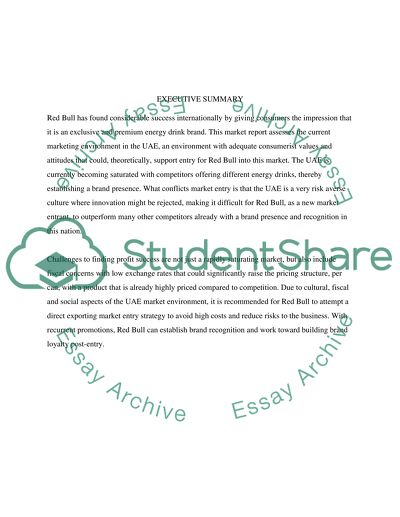Cite this document
(“Marketing report on Red Bull and its global opportunities Essay”, n.d.)
Marketing report on Red Bull and its global opportunities Essay. Retrieved from https://studentshare.org/marketing/1494888-marketing-report-on-red-bull-and-its-global
Marketing report on Red Bull and its global opportunities Essay. Retrieved from https://studentshare.org/marketing/1494888-marketing-report-on-red-bull-and-its-global
(Marketing Report on Red Bull and Its Global Opportunities Essay)
Marketing Report on Red Bull and Its Global Opportunities Essay. https://studentshare.org/marketing/1494888-marketing-report-on-red-bull-and-its-global.
Marketing Report on Red Bull and Its Global Opportunities Essay. https://studentshare.org/marketing/1494888-marketing-report-on-red-bull-and-its-global.
“Marketing Report on Red Bull and Its Global Opportunities Essay”, n.d. https://studentshare.org/marketing/1494888-marketing-report-on-red-bull-and-its-global.


